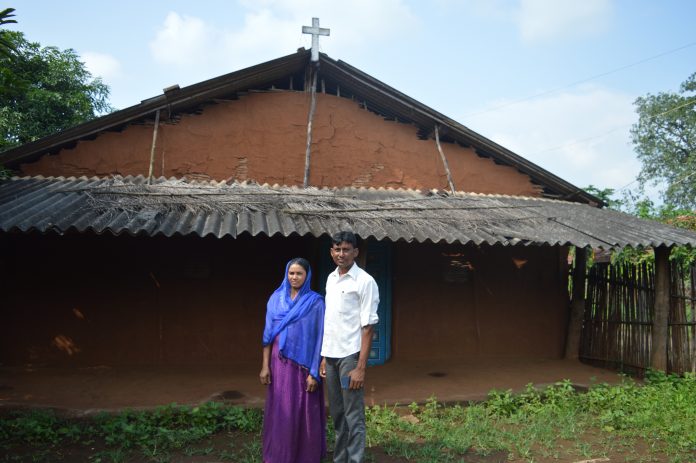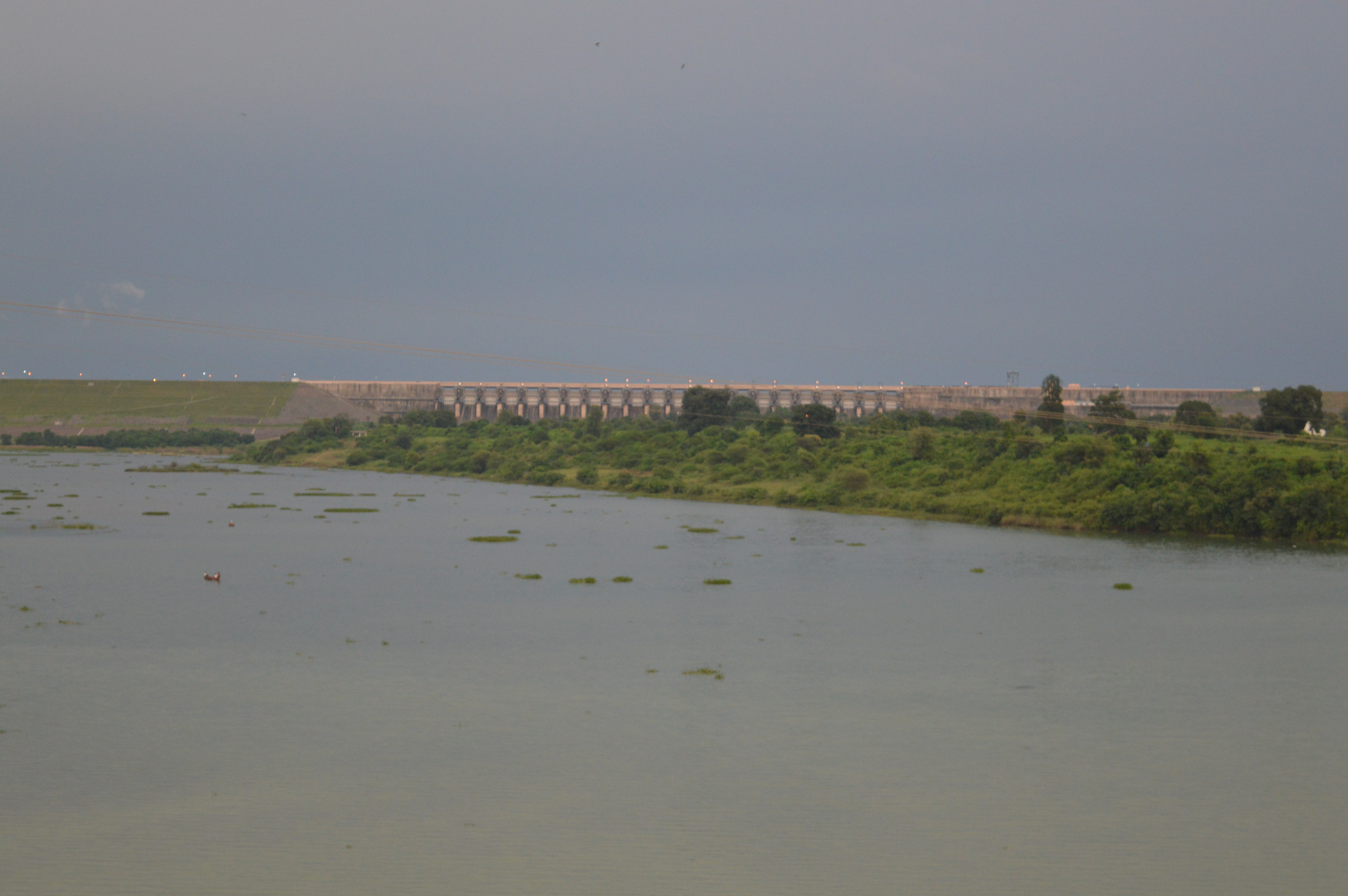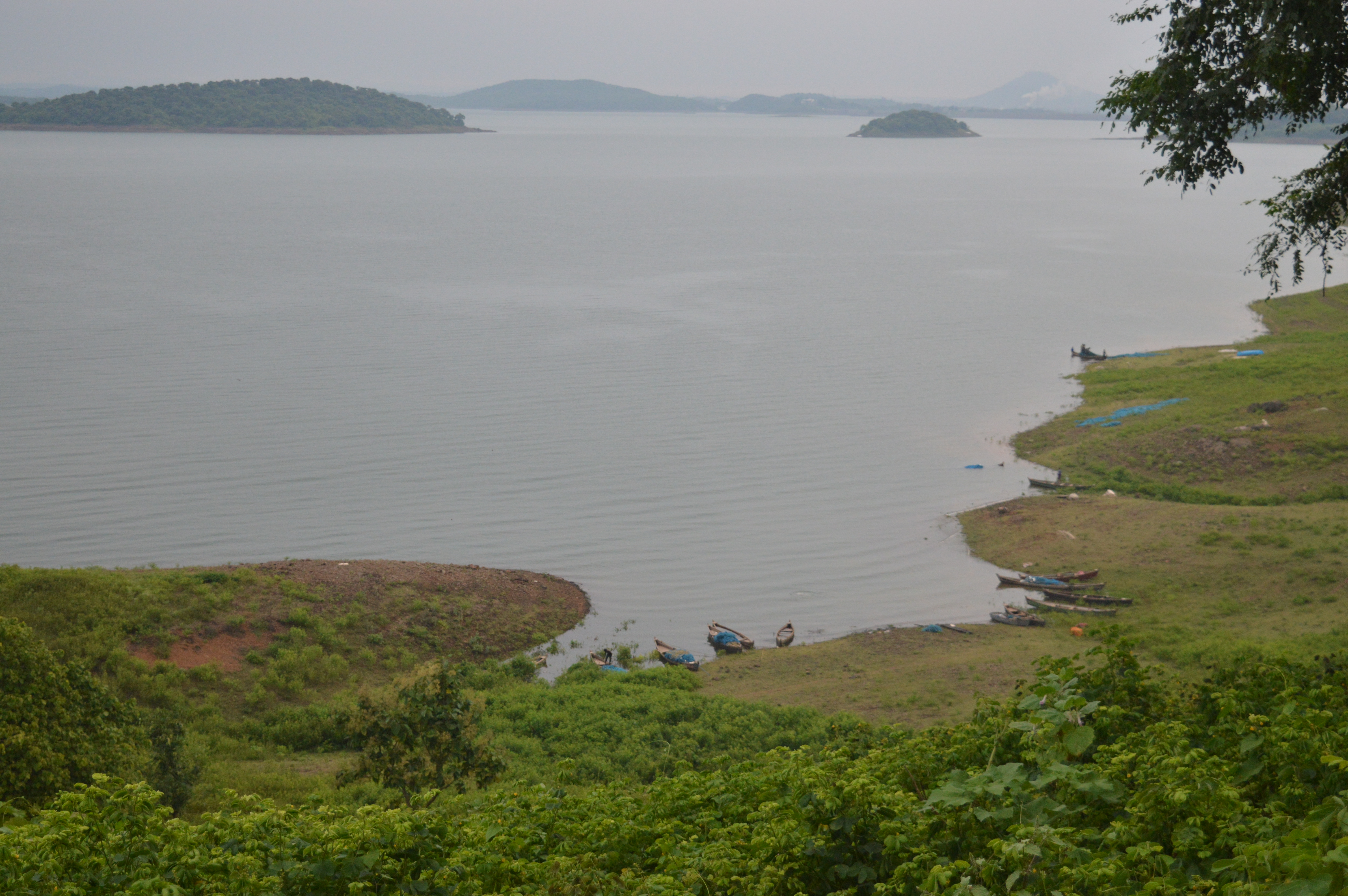
By Amit Kumar, TwoCircles.net
Over the past few years, the Indian state has faced increasing resistance from Adivasis across the nation over land acquisition and rehabilitation programmes. Even the most cursory look at the conditions of Adivasis across the nation lays bare the claims of the government that the Adivasis have been adequately compensated for their losses. This three-part series looks at how tribal regions; lives and homes in Gujarat have been left in disarray in the name of ‘development’, both new and old. The second part looks at how Sardar Sarovar Dam has ruined the lives of thousands of Adivasis living in the region of Narmada river, and how their repeated pleas to the government have been ignored by the central and state government.
Over the past two decades, the issue of large dams and the displacement it has caused in Gujarat has almost exclusively focused on Sardar Sarovar Dam. However, as our stories in this this series has shown, there are other dams too that have caused havoc with the lives of Adivasis of Gujarat. And in some cases, the stories of displacement pre-date the ones of Sardar Sarovar Dam. Like the Vallabh Sagar Dam/Ukai Dam in Tapi district of Gujarat. And again, the ones paying the highest costs of displacement are Adivasis.

The Ukai Dam is a multi-purpose dam constructed on the river Tapi. It was commissioned in 1964 and completed in 1972. The dam led to the loss of thousands of acres of land, all of which belonged to Adivasis of the region. Like Sardar Sarovar and Machan Dam that we discussed in previous parts, the displaced people moved to other regions, but the process of resettlement has been anything but smooth. And two generations later, the pain has not reduced.
We visit the village of Limri, about 30 km from the site of the dam where almost 70 families from the submerged villages moved out of desperation. The village consists of about 200 villages and has a near-equal split between Hindu and Christian Adivasis. In the village, we met Sureshbhai Vasava, a 37-year old pastor who grew up as a ‘displaced’ in the village. Vasava talks about the stories of loss that he heard from his father and grandfather. “According to them, we had about 10 hectares of land which got submerged in the catchment area of the Ukai Dam. We were displaced in 1970 and landed up here, about 30 km from our native village, with a few things that we salvaged from our homes. We arrived on bullock carts…we were promised land for land then, and 47 years later, the truth is for all to see,” he says. “We came here, settled here, and started farming on land that technically belongs to the forest division and the government, but we were left with no choice but to farm in these places. It has been the same since the 70s, ” he added.
Aadhar? Check. Election card? Check. Land rights? No
It is important to point out it is not as if the government treats the family of Vasava and other displaced families as encroachers. After all, the families have been issued voter ID cards, ration cards and even Aadhar based on their current addresses. Yet, when it comes to the all-important question of allotting land to these families, the government has chosen ignorance as their best weapon. “I have lost count of how many times we have been promised land: we are told that officials will come and map out the land, that they will come and allot land within a few months, that we will soon have land deeds prepared, yet the truth is this: from here (Limri) to the Maharashtra border (about 20 km), there are more than 15 villages full of people who are displaced, and I can guarantee you that no one has been compensated adequately,” Vasava adds.

By adequate compensation, Vasava means that some people did get some land from the government in the 70s, but it was neither in proportion to what they lost nor was it uniform. About 30 km from Limri is the village of Amalpada, which consists almost entirely of displaced families. Sumanbhai Vasava is a 63-year old who was a teenager when he and his family was displaced in 1968. He claims that his family lost about 124 acres to the dam, but also adds that he considers himself lucky. “In three instalments, we got 10 acres of land in the village. It is nowhere close to what we lost, but at least it is something. Some people got half an acre to build a house, others did not get even that,” he says. Also, it must be pointed out that just like in the case of Machan and Sardar Sarovar, here too the locals say that land was not the only promise that was never kept.

As mentioned earlier, Ukai Dam is listed as a multi-purpose dam, and irrigation is one of its main functions. The nearly 5-km long dam, with the largest reservoir in Gujarat, however, adds nothing to the lives of the Adivasis who lost the most at its hands. As Sumanbhai reminds us, “It was only a few years ago that we got handpumps installed in our village. You should come during the summer season to see how parched the land is; how difficult it is to get even drinking water. This year, thanks to good rainfall, we have been able to sow satisfactorily. We have such a huge dam, yet depend on rains for a healthy harvest.”
FRA a pipe dream for Adivasis in this region
Even the harvest, given the confusing stature of land ownership, can be a contentious issue between the forest department and the locals. Residents of Limri said because they were yet to get land deeds, forest department officials harass them over the produce. “The forest department knows it is more advantageous for them to stop us from farming and instead use the land for plantations. This is another reason why implementation of Forest Rights Act (FRA) is another major issue in this region. Across the villages that we travelled, the implementation of FRA is so far from reality that, as a local said, “If and when local MLA Ishwarbhai Parmar comes here from election campaigns, he is unlikely to talk about how FRA or even mention it.” To take an example, in the village of Limri, Sureshbhai pointed out that despite the Gram Sabha clearing all 191 claims as early as 2008, only two people had got land deeds. Both, of course, got much less land they claimed: one person who claimed 2 acres got half an acre, while the one who claimed 4 acres got 1 acre instead.

The displaced population is well aware that any recognition of their ownership of land would be challenged by the Forest Department, especially since they own the land which is tilled by the Adivasi farmers. In fact, in Amalpada village, we met one Adivasi, Dasratbhai Vasava, whose family moved to a village about 15 km from Amalpada to Moglipada, deep inside the forests in 1968 after losing land to Ukai Dam. In 2008, we filed for land rights under Forest Rights Act for 10 acres. In 2009, he was allotted rights to 5 acres, but it was only in 2013 that he finally got the papers which made it official. But in July 2013, when he and his family moved to the land allotted to him, the Forest Department officials beat him, burnt his belongings and chased him out. Dasratbhai filed a case with the police but that resulted in nothing.

Three years ago, he went to the Allahabad High Court, which last year ordered the Collector, DFO and the Ministry of Tribal affairs to ensure that Dasratbhai got the land he had claimed. However, last week, he received a letter from the District Collector that his claim had been rejected. “They are saying that the village I live in falls in the Waspur forest range while the land I got is in Tapti forest range. This division between the forest ranges happened in the late 90s. When they displace us, they have no issues throwing us around but when we assert our rights, they claim technical reasons to abuse us?” asked a dejected Dasratbhai, who was visiting Amlapara to discuss with local leaders about the next course of action. No wonder then, that there is little enthusiasm about upcoming elections. Sumanbhai, who has seen almost 10 state elections during his lifetime, rightly summed up the mood of the locals, “What will they promise us that they haven’t promised before, and what will they fool us with that they haven’t tried earlier?”
